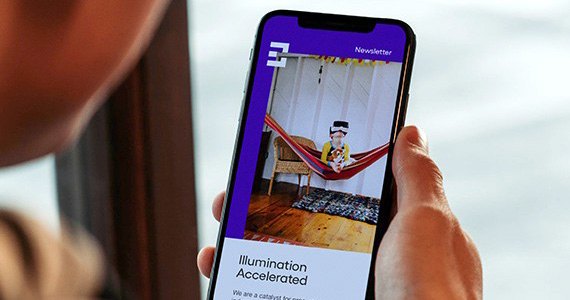
Behavioral science (BeSci) is all about simplifying complex choices, so why do so many market researchers still perceive it to be a complicated subject that requires an advanced behavioral analysis degree to apply to their projects? Researchers are no stranger to scientific data and thinking. We forget that the insights industry was using behavioral science principles and theories long before BeSci buzz—great market research has always been rooted in finding and overcoming biases to provoke action!
Given that market research and behavioral science are aligned in so many ways with a similar set of core values, we set out to find a way to speed up the adoption of BeSci. We and our colleagues tapped into our experience in research, behavioral economics and experimental research design to develop five simple, digestible, and trustworthy ways to integrate BeSci across your insights workstreams with great success. We share our practical applications with you here, including specific examples that illustrate why it’s been both effective and inspiring to our clients.
Use behavioral science as a strong foundation for future growth
BeSci evidence and frameworks provide a roadmap to jumpstart brainstorming and help the transition from market research findings to tangible next steps. We often find these types of projects inspire quicker, more specific idea generation for what comes next, and those actions are generated with confidence knowing BeSci-informed considerations are backed by robust evidence. By combining client teams’ expertise with knowledge of validated BeSci frameworks, you can confidently workshop and test ideas, prioritize strategies, and implement solutions to foster adoption of products and ensure the learnings live on in your organization.
Pharmaceutical Case Study: See how we helped a major pharma company build a superior digital experience that HCPs want to use.
Magnify small details to unlock big changes in consumer behavior
BeSci models based on decades of research and meta-analysis provide the keys to drive behavior change potential. It’s important to take a comprehensive look at behavior change because it is not just about tapping into customer motivation to fuel action and inspire the willingness to try something new—it is fundamental in reducing barriers and friction and paving the road toward best outcomes. Sometimes, what seems like the smallest, most subtle detail uncovered in market research can be the best crack to wedge into to open the floodgates to change. The BeSci lens detects cracks and ensures that opportunities to encourage and enable change, big and small, are not overlooked.
Financial Services Case Study: See how we helped an insurance company design a plan that empowers customers to make positive health decisions.
Leverage behavioral science as a highly integrated, simplification tool
Using bite-sized content, simple language and clear implications, you can leverage BeSci to elevate (and not overcomplicate) key takeaways from your research. You can bring insights to life by weaving and connecting BeSci biases throughout the story and using them to anchor clients in recommendations that feel clearly integrated as opposed to being an afterthought. Of course, time is a luxury, so you need a team that executes BeSci analysis seamlessly within standard project timelines.
Health Case Study: See how we helped a health client improve engagement and inspire healthy behaviors by synthesizing their communication materials and reducing cognitive load.
Refine, don’t reinvent the wheel to infuse behavioral science
The power of BeSci is in the interpretation, not necessarily the “BeSci framework” the project plan originated with, so it’s important to let the research and voice of the customers take the lead while listening intently. BeSci is an additional lens used to interpret feedback, interrogate key findings, and ensure you cover your bases with a holistic perspective of behavior change. The best approach is not about reinventing the market research wheel but standing on the shoulders of tried-and-true best practices to unlock underlying factors that influence decision making, tap into to truths about human behavior, and elevate recommendations to take your research to the next level.
Pharmaceutical Case Study: See how the recognition of social / cultural norms helped our pharma client identify critical cultural differences that impact attitudes towards body image and weight loss.
Unify human behavior research with relatable experiences
While BeSci is grounded in theory and informed by academic experiments, articles and literature, it’s best to take a practical, human approach to applying it in a market research context. When you introduce principles through relatable examples to help cross-functional teams understand, internalize, and remember the theory, they leave the room nodding in agreement eager to take what they learn from the research and apply it to their everyday life. Giving clients a deeper understanding of human behavior and decision-making equips them with the context to empathize with customer beliefs, the terminology to describe customer behavior patterns, and the tools to connect with customers where they are today and nudge them toward a better tomorrow.
Consumer & Retail Case Study: See how we helped a retail client relate to and immerse themselves in the hearts and minds of their shoppers to improve in-store display design and buying ease.
If you need help getting started, reach out to us to learn how Escalent’s behavioral research scientists can help you simplify and evangelize behavioral science in your organization. We look forward to hearing from you!
Want to learn more? Let’s connect.
To learn more about our BeSci research practice and how we can help you integrate it across your insights workstreams, please contact us.
Note: This blog was updated on March 28, 2025.









